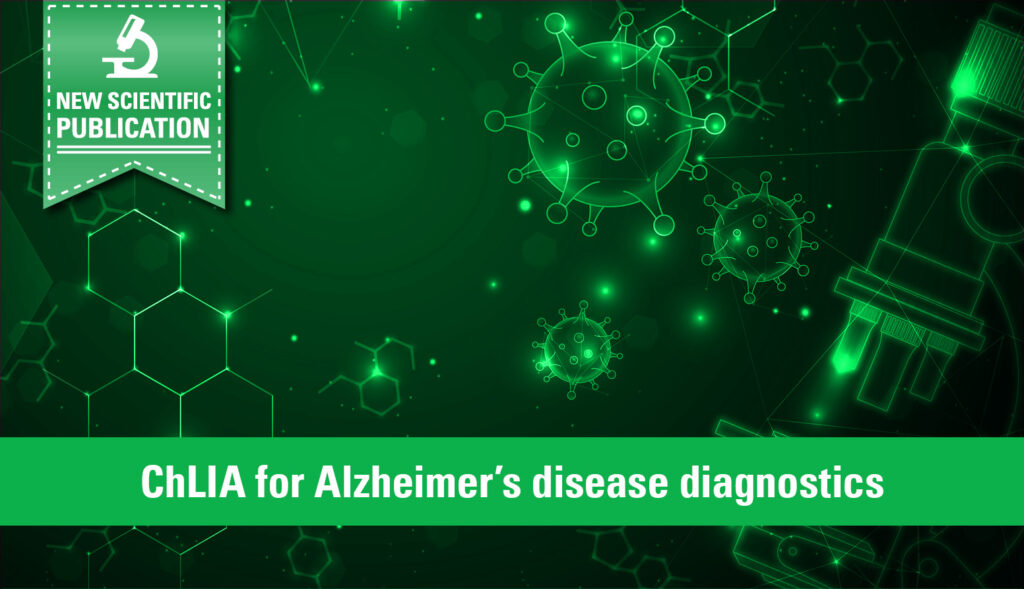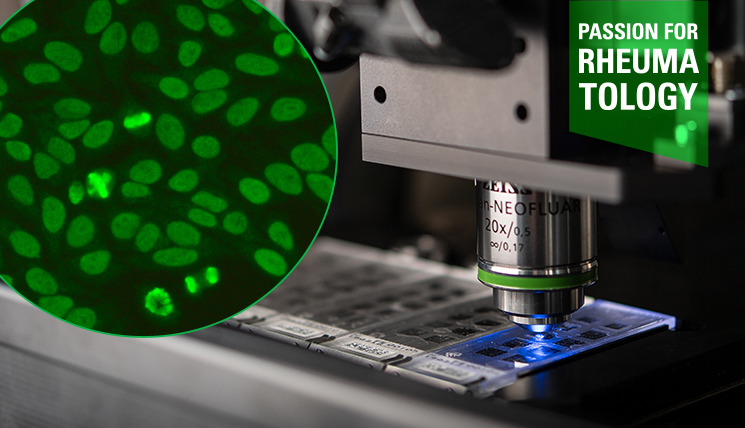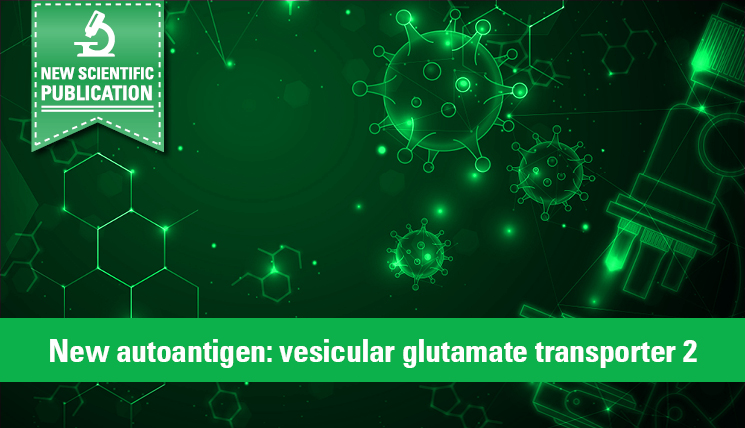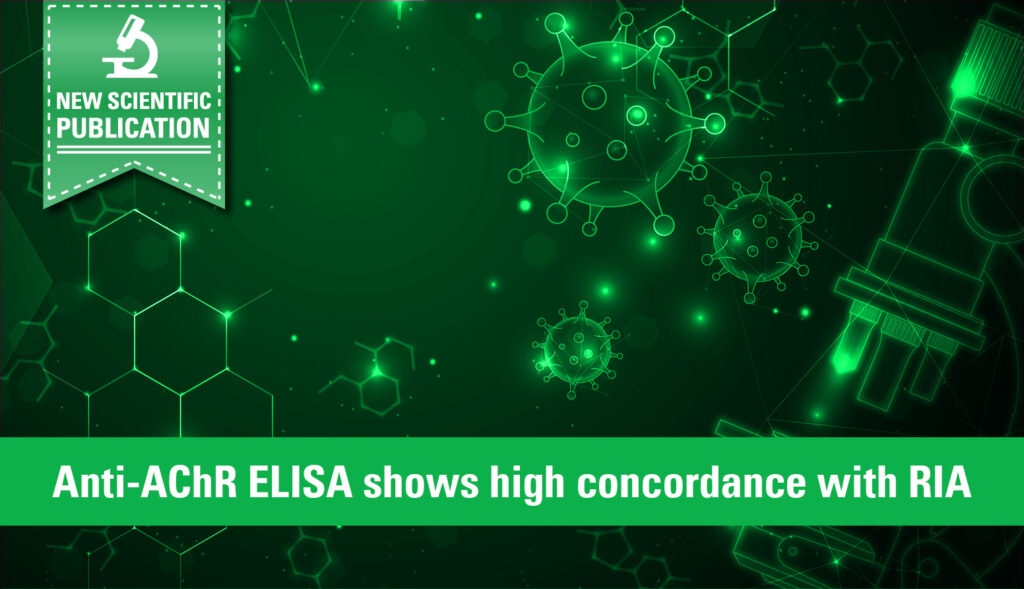EUROIMMUN chemiluminescence immunoassays (ChLIA) for Alzheimer’s disease (AD) biomarkers provide reliable analytical and clinical performance, as demonstrated in two newly published studies performed in a collaboration between researchers at EUROIMMUN and the Memory Clinic of the University Hospital Magdeburg, Germany.
Measurement of the four core biomarkers beta-amyloid (Aβ) 1-40, Aβ1-42, total tau and tau phosphorylated at threonine 181 (pTau(181)) in cerebrospinal fluid (CSF) supports differentiation of AD from clinically similar neuropsychiatric disorders. For routine diagnostics, robust immunoassays for quantification of the biomarkers are required. Nowadays, fully automated random-access systems are mostly preferred for the analyses due to their faster processing. The EUROIMMUN ChLIAs for Aβ1-40, Aβ1-42, total tau and pTau(181) were evaluated to determine their analytical performance and their accuracy in supporting differential diagnosis of AD and other neurodegenerative disorders.
In the first study published in August 2024 in Practical Laboratory Medicine, the four EUROIMMUN ChLIAs were validated according to the Guidelines of the Clinical and Laboratory Standards Institute (CLSI). Optimal cut-offs were determined using a large cohort of samples from 219 AD patients and 220 disease controls of a similar age with AD-related symptoms. For performance comparison, biomarker concentrations were measured in 110 samples using EUROIMMUN ChLIAs and established chemiluminescence-based assays. All ChLIAs met the CLSI criteria and there was a high overall agreement of 89.0% to 97.3% between results from the two systems. Thus, the EUROIMMUN ChLIAs showed good analytical performance characteristics and represent reliable diagnostic tools.
In the second study published in October 2024 in Frontiers in Dementia, the diagnostic accuracy of the EUROIMMUN ChLIAs for AD was investigated based on the ATN biomarker profiling system used by clinicians in memory clinics. This system divides the biomarkers into three main categories: A for amyloid biomarker (Aβ1-42/Aβ1-40 ratio), T for tau pathology (pTau(181)) and N for neurodegeneration or neuronal injury (total tau). The four biomarkers were measured in a total of 513 precharacterised CSF samples from patients with AD, mild cognitive impairment (MCI) or other neuropsychiatric disorders with similar symptoms (disease controls, DC). 83.0% of AD patients had biomarker profiles consistent with AD, while 77.0% of MCI patients and 85.5% of DC patients exhibited profiles inconsistent with AD. AD patients showed significantly lower Aβ1-42/ Aβ1-40 amyloid ratio and significantly higher concentrations of total tau and pTau(181) compared to DC and MCI patients. Thus, the new ChLIAs can support differential diagnostics of AD in patients with neuropsychiatric impairments.
The EUROIMMUN ChLIAs for AD biomarkers are processed on fully automated instruments with random-access functionality. These systems provide stable and precise measurements and offer laboratories quick turnaround times and dynamic sample throughput for their AD diagnostics.
Read also the published studies:
Römpler et al. Evaluation of the EUROIMMUN automated chemiluminescence immunoassays for measurement of four core biomarkers for Alzheimer’s disease in cerebrospinal fluid. Practical Laboratory Medicine. Volume 41, August 2024. doi.org/10.1016/j.plabm.2024.e00425
Arendt et al. Differentiation of Alzheimer’s disease from other neurodegenerative disorders using chemiluminescence immunoassays measuring cerebrospinal fluid biomarkers. Frontiers in Dementia. Section Genetics and Biomarkers of Dementia. Volume 3, 2024. doi: 10.3389/frdem.2024.1455619






